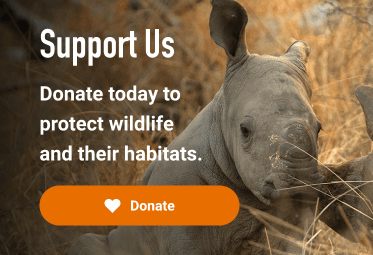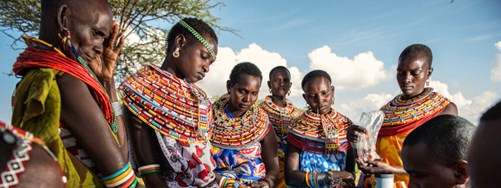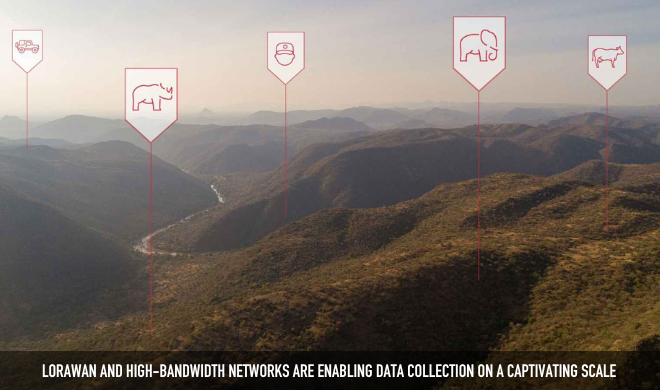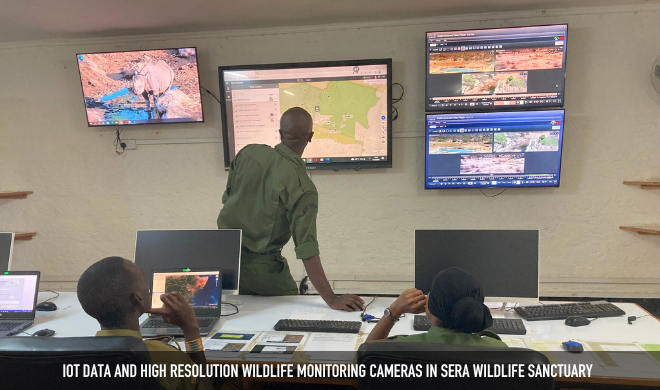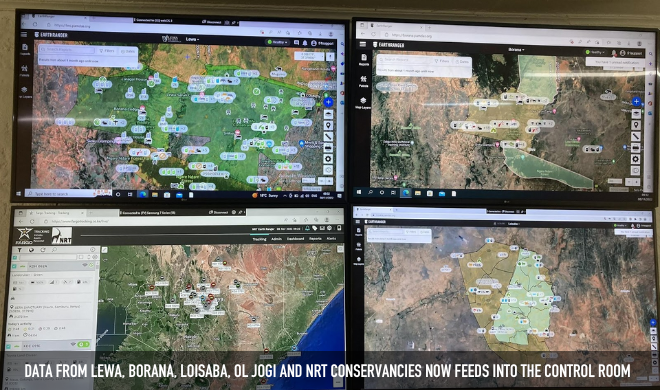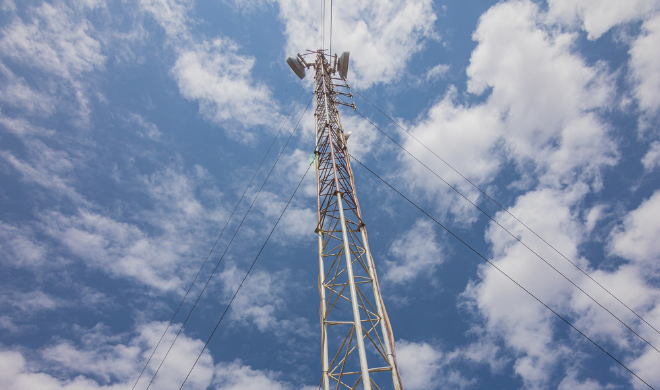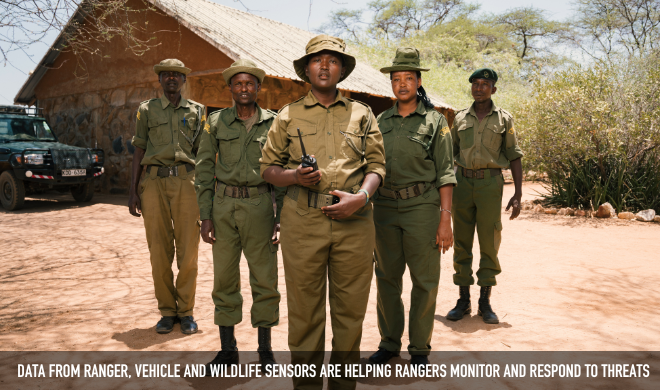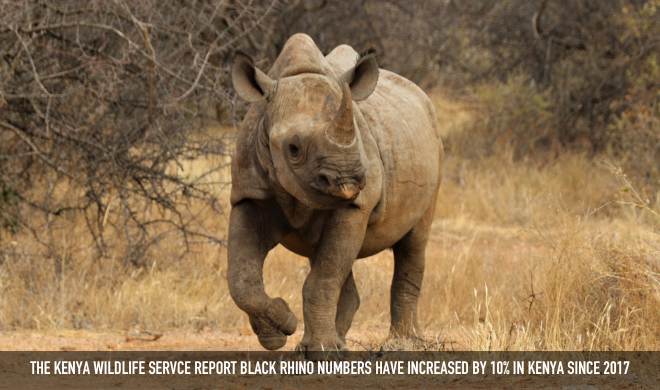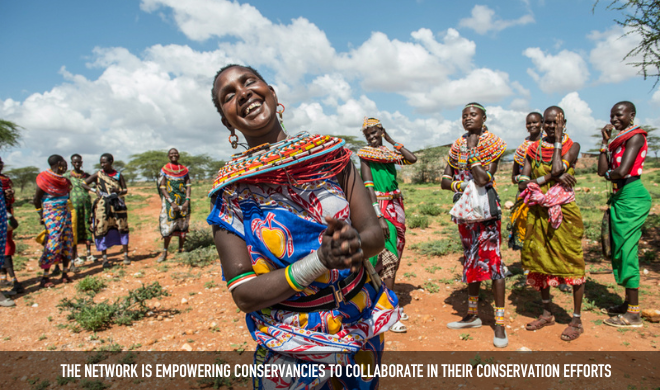Supporting wildlife protection, peace and community-led conservation, across 3 million hectares of intact wilderness.
Partners: Northern Rangelands Trust, Cisco, Actility, Dimension Data, 51 Degrees, EarthRanger, INL, European Union
Key Species: Black Rhino, African Elephant, Lion, Cheetah, Eland, Oryx, Gerenuk, Wild dog and Grevy's zebra.
Deployment: December 2022
The breakthrough IoT network and high-bandwidth communication backbone now covers 22 of NRT’s community-led conservancies and four private reserves, (Lewa Wildlife Conservancy, Ol Jogi, Loisaba and Borana). Over 600 new sensors have been deployed. This large-scale digital infrastructure is enabling effective protected area management, ensuring these large functioning landscapes are securing threatened species, providing ecosystem services and benefiting local people.
In 2022, 196 countries agreed to a set of Global Biodiversity targets, to protect 30% of the planet for nature by 2030 - a major step forward in the fight against the sixth mass extinction. The Connected Conservation initiative is helping Kenyan conservation partners make these goals a reality, equipping field teams with the tools to help them achieve and measure against targets.
Over the past few decades, many species have suffered dramatic population declines, leading to a worrying trend in Kenya's natural landscape. 68% of large mammal populations have declined over 40 years.
Northern Rangelands Trust (NRT) is owned and led by 43 community conservancies, that support the management of community-owned land to improve livelihoods, build peace, and protect species. This vast, intact wilderness is a haven for many endangered species, including the black rhino, African elephant, eland, oryx, giraffe, gerenuk, lion, cheetah, wild dog, Grevy's zebra, plains zebra and buffalo. NRT also hosts the hirola, the most endangered antelope in the world - where only around 300-500 animals remain globally.
Technology empowerment of community-led conservation
Twenty LoRaWan gateways, a high-bandwidth communication backbone, and a wide range of sensors have been installed, with five regional operations centres now better equipped. Real-time wildlife and environmental data are now being transmitted across huge distances, providing conservation managers with situational awareness of their landscapes. Private and community-led conservancies are now enabled to work together in monitoring and managing their areas. This improved awareness allows for more inclusive, equitable, and effective conservation-related decisions that help create sustainable peace and security in the region, for both wildlife and local people.
“This IoT network is a game-changer for conservation efforts in Northern Kenya. We can now monitor our conservancies on a scale that was never possible,” says NRT’s CEO, Tom Lalampaa. “It is empowering our community-led conservancies to share, make decisions and collaborate in their conservation efforts.”
Partnerships for lasting impact
Equipment, tools, engineering resources and expertise has been brought together from private and charity sectors including Connected Conservation Foundation (CCF), Cisco, Actility and Dimension Data, EarthRanger (AI2) and 51 Degrees to support NRT's innovative conservation technology breakthroughs. Together, these partnerships deployed the first pilot IoT network in 2018 at Lewa Wildlife Conservancy as part of Phase 1. This project builds on this early success to scale the benefits of these conservation technologies to many other conservancies in the region.
A new era of IoT conservation sensors
Thanks to Connected Conservation’s innovative low-code integration platform, more than 600 new sensors have already been rapidly onboarded. This variety of sensors is then easily deployed to all other parks, providing critical data that is then visualized in EarthRanger for easy analysis and insights into effective conservation interventions.
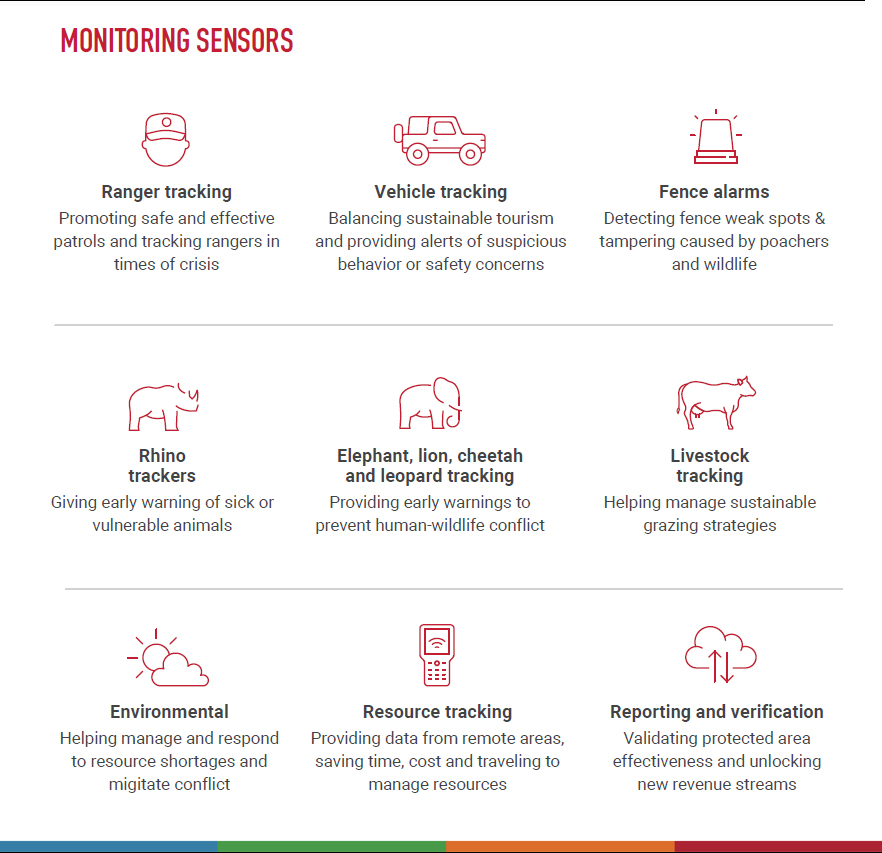
Improving peace and security
Data from the ranger, vehicle and wildlife sensors are helping rangers monitor and respond to rhino threats to prevent poaching, share information on vulnerabilities, bolster conservation management strategies and redeploy security measures between conservancies.
Rhino recovery
Kenya is one of the few places in the world where black rhino populations are on the rise. But with this success comes an urgency to establish safe and connected rangelands for these critically endangered species to roam. This project has enabled innovative ways to monitor the rhino population and has helped bring the removal of fences between conservancies, creating larger, connected habitats for rhinos.
Managing and verifying natural resources
2022 saw extreme drought in East Africa, sweeping away grasslands, water, local food and animals. NRT has huge challenges to sustainably manage its natural resources and to pre-empt and reduce human and wildlife conflict. The IoT network supports the plugin of livestock and environmental sensors to monitor foraging conditions, track livestock movements, and observe water levels that threaten the successful co-existence of wildlife and local people.
Additionally, the aim is for this natural resource tracking data to help validate the effectiveness of NRT’s protected areas and help unlock new revenue streams by verifying community rangeland management for carbon projects.
Improving livelihoods
The backbone network is enabling connectivity for communities for improved livelihoods and micro-entrepreneurship opportunities. Local women are now able to access technology to collect and analyze data on wildlife movements and habitat activities and report crime-related activities.
“Our ongoing work with CCF, and other partners to deliver the largest landscape-wide IoT conservation network is part of Cisco’s Partnering for Purpose initiative,” said Chris Panzeca, Senior Director, Global Strategic Partner Sales at Cisco. “This network demonstrates the power of innovative technologies to support conservation efforts."
“Few individuals readily connect wildlife conservation and IoT; however, the pairing is indeed a perfect match,” says Olivier Hersent, CEO at Actility. “Wildlife protection is an ideal use case for LPWAN IoT, given the vast territories to monitor, the necessity for long-lasting, low-cost sensors and the requirement for secure technology to combat poaching. We are delighted and proud to witness LoRaWAN and ThingPark playing a pivotal role in supporting this remarkable preservation endeavour.”
Impact
- NRT reports the provision of real-time data, digital radio communications and cross-conservancy network collaboration, has helped accomplish a reduction in poaching and human-wildlife conflict.
- NRT empowers 43 Indigenous communities in Northern Kenya to manage their conservancies and maximize nature-based economies. Fair and transparent access to connectivity and Internet of Things (IoT) sensors is providing private and local community-led conservancies with a boost in knowledge to prevent poaching, pre-empt human-wildlife conflict and halt habitat loss.
- Kenya has seen a 6% increase in black rhino population since 2017. Increased wildlife surveillance and intelligence have contributed in part to this success.


